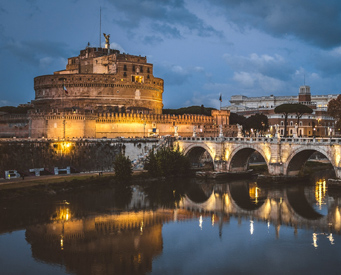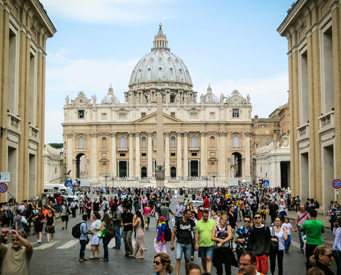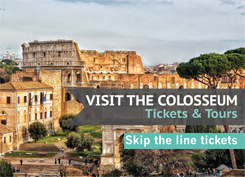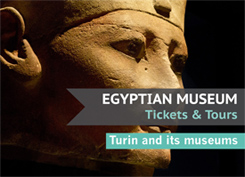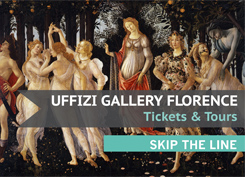Castel Sant'Angelo in Rome
Tour the fortress on the Tiber
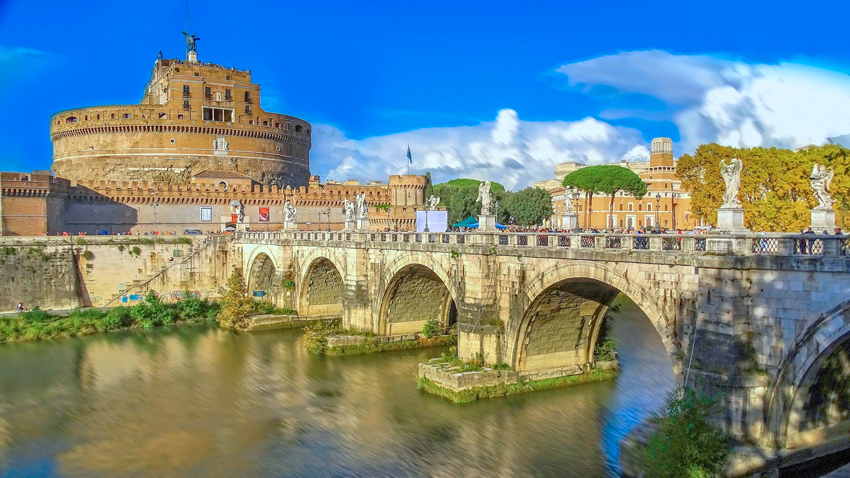
Castel Sant’Angelo stands guard over the Tiber River, its grandiose architecture rising over the bridge that shares its name, Ponte Sant'Angelo, protected by the angels adorning it. Though originally built as a mausoleum, it quickly took on the role of a fortress, first to protect politicians, and soon thereafter to protect the pope from attack. Over the centuries, it went on to take on architectural configurations befitting an archive, a courthouse, and even a prison. Other rooms were added to the original structure, mostly tunnels, courtyards, and underground passages.
At first glance, Castel Sant'Angelo's indoor atmosphere can seem stark. But this historical bastion's fascinating history makes it a popular tourist destination; it played a starring role in many key historical moments in Roman history (such as the Sack of Rome).
Inside Castel Sant'Angelo we can see the remnants of its original use of a mausoleum. The Hall of the Urns holds urns contain in the ashes of Emperor Hadrian, his wife Sabina, and his son.
After going through the Courtyard of the Angel we come to other rooms: the Hall of Justice, the Hall of Apollo and the Hall of Paolina. The first hall has gone down in history as the place where Giordano Bruno was sentenced to the stake for heresy. The terrace dell'Angelo, on the highest part of the castle, affords one of the most stunningly beautiful sweeping views of all of Rome. The castle has long been the site of the fireworks that Michelangelo called the Girandole("pinwheels") set off to announce papal elections and especially important religious festivals.
The Castle is Rome's most evocative place with its beauty heightened by the Ponte Sant’Angelo bridge that leads to it. Built by Hadrian to connect the two banks of the Tiber, the time was originally called Ponte Elio. Prisoners, popes, illustrious men, and many soldiers crossed this bridge. It was only in 1535 that Clement VII had the statutes of Saints Peter and Paul placed at its entrance, later joined by the four evangelists and the patriarchs, Adam, Noah, Abraham and Moses. A hundred years later, statues designed by Bernini were positioned here, depicting ten angels and their instruments of the Passion, where they stand today to defend and welcome the thousands of visitors who cross the bridge.


